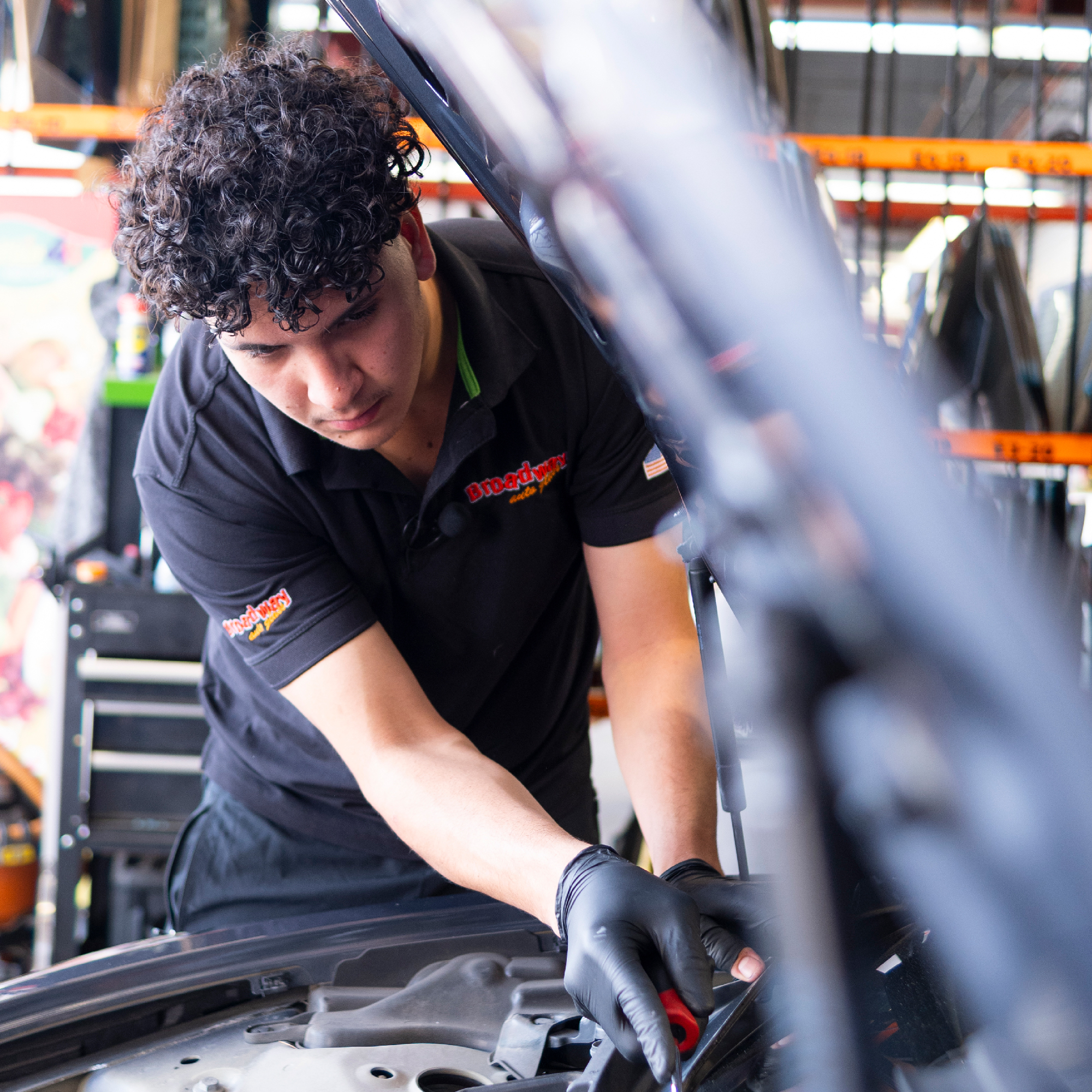
Top 5 Benefits of Professional Window Tinting in San Diego
OEM Windshield Replacement
When it comes to replacing your windshield, one of the key decisions you'll face is choosing between OEM (Original Equipment Manufacturer) and aftermarket windshields.
Understanding the differences between these options can help you make the best choice for your vehicle, ensuring both safety and quality. In this article, we'll explore the pros and cons of each type to help you decide which windshield replacement option is right for you.
What is an OEM Windshield?
An OEM windshield is made by the same manufacturer that produced the original glass installed in your vehicle when it was first assembled. Here’s why many people prefer OEM windshields:
1. Exact Fit and Quality
OEM windshields are designed to match the specifications of your car exactly. This ensures a perfect fit and maintains the vehicle's structural integrity. Since they are produced by the original manufacturer, OEM windshields offer the same thickness, color, shape, and fit as the original glass, ensuring consistent quality.
2. Compatibility with Advanced Driver-Assistance Systems (ADAS)
Many modern vehicles are equipped with ADAS features, such as lane departure warnings, automatic braking, and adaptive cruise control. These systems often rely on sensors and cameras mounted on or near the windshield. OEM windshields are designed to work seamlessly with these systems, ensuring they function correctly after the replacement.
3. Manufacturer’s Warranty
An OEM windshield often comes with a warranty from the vehicle manufacturer, providing additional peace of mind. This warranty can cover defects and ensure that the windshield meets the safety standards set by the manufacturer.

What is an Aftermarket Windshield?
An aftermarket windshield is produced by a third-party company, not the original manufacturer of your vehicle. While they serve the same purpose as OEM windshields, there are some differences worth noting:
1. Cost-Effective Option
One of the main advantages of aftermarket windshields is their cost. They are generally less expensive than OEM windshields, making them an attractive option for those on a budget or for older vehicles where cost is a primary concern.
2. Wide Availability
Aftermarket windshields are widely available and can be produced by multiple manufacturers. This can lead to more options for customers in terms of price and availability, allowing for quicker replacements when needed.
3. Variable Quality
The quality of aftermarket windshields can vary significantly depending on the manufacturer. While some aftermarket options closely match the quality of OEM windshields, others may not adhere to the same stringent standards. It’s important to choose a reputable supplier when opting for an aftermarket windshield.
Key Differences Between OEM and Aftermarket Windshields
Understanding the main differences between OEM and aftermarket windshields can help you make an informed decision. Let’s explore these differences in more detail:
1. Quality and Fit
OEM Windshields: Manufactured to the exact specifications of your vehicle’s original glass, ensuring a precise fit and high quality.
Aftermarket Windshields: May vary in quality and fit, as they are made by third-party companies. While some meet OEM standards, others may differ slightly in thickness, color, or shape.
2. Price
OEM Windshields: Generally more expensive due to the quality assurance and brand association with the vehicle manufacturer.
Aftermarket Windshields: Typically less expensive, making them a cost-effective choice for those looking to save money on a replacement.
3. Compatibility with Vehicle Features
OEM Windshields: Guaranteed to be compatible with all vehicle features, including ADAS, rain sensors, and heads-up displays.
Aftermarket Windshields: May not always be fully compatible with advanced vehicle features, potentially affecting the functionality of systems like ADAS.
4. Insurance Coverage
OEM Windshields: Some insurance policies may cover the cost of an OEM windshield replacement, especially if it is deemed necessary for safety reasons.
Aftermarket Windshields: Generally covered by insurance companies as a standard option, but policies may vary, so it’s important to check with your provider.

Which Windshield is Right for You?
Deciding between an OEM and aftermarket windshield depends on several factors, including your budget, your vehicle’s make and model, and your personal preferences. Here’s a breakdown to help you decide:
Consider an OEM Windshield if
You own a newer or high-end vehicle where maintaining original specifications is crucial.
Your car has ADAS or other advanced features that require precise calibration.
You prefer the peace of mind that comes with a manufacturer’s warranty and exact fit.
Consider an Aftermarket Windshield if
You are looking for a more budget-friendly option.
You own an older vehicle or one where exact OEM specifications are less critical.
You are confident in selecting a high-quality aftermarket supplier that meets safety standards.
The Role of Professional Installation
Regardless of whether you choose an OEM or aftermarket windshield, the quality of installation is paramount. A professional installation ensures that the windshield is securely fitted and bonded to the vehicle, maintaining safety and structural integrity.
At Broadway Auto Glass, our certified technicians are trained to install both OEM and aftermarket windshields with precision and care. We ensure that every replacement meets safety standards, providing peace of mind on the road.
Making the Right Choice for Your Vehicle
Choosing between an OEM and aftermarket windshield ultimately comes down to your specific needs, preferences, and budget. Both options have their advantages, and understanding these can help you make an informed decision.
At Broadway Auto Glass, we’re here to guide you through the process, ensuring you receive the best service and quality for your windshield replacement. Ready for your windshield replacement? Contact us today to learn more about our services and to schedule your appointment. Drive safe with a windshield you can trust!
